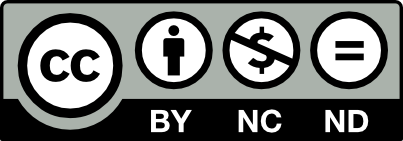Original Article
Kapil Mani KC, Raju GC, Jay Raj Sharma, Mandir Khatri, Sundar Karki, Deependra Singh Chhetri
Original Article
2024-01-31 16:06:48
Introduction: Surgical treatment including intramedullary K wire fixation is desirable for unstable pediatric both bone fracture to avoid angulation, rotational deformity and refracture ensuring optimal functional outcomes. However, it is debatable to leave free end of K wire exposed or to bury underneath the skin. The aim of the study is to assess the functional outcomes and complications after intramedullary K wire buried under the skin for pediatric both bone fracture.
Method: This is a prospective analytical study performed from 15 August 2021 to 15 February 2023. This study included unstable closed diaphyseal forearm facture in children aged between 5 and 13 years treated with intramedullary K wires which were buried inside the skin. Study variables included demographical profiles, fracture pattern, time for surgical intervention, Modified Flynn et al criteria, time to unite the fracture and any associated complications).
Results: Mean age of the patient in our study was 8.70±2.17 years. Average time required to unite the fracture was 3.15±0.62 months. Thirty-Four (97.2%) patients had excellent outcomes; one (2.8%) patient had good functional outcomes based on Modified Flynn et al criteria. Nine (25.7%) patients had bursa formation at proximal aspect of ulnar K wire while one patient (2.8%) had superficial infection at olecranon site.
Conclusion: Intramedullary K wire for pediatric diaphyseal both bone fractures is excellent surgical technique. Even though controversy exist between exposed K wires and those buried underneath the skin, buried K wires have reasonable advantages and less side effects in terms of infection and overall functional outcomes.
Keywords: Both bone; Bury; Forearm fracture; Functional outcomes; Intramedullary K wire





